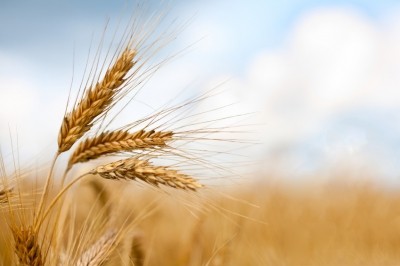M&G Exclusive: Interview with National Association of Wheat Growers president Bing Von Bergen
What the farm bill means to the US (and global) wheat industry

NAWG president Bing Von Bergen told Milling & Grains that the farm safety nets and federal crop insurance for US wheat growers promote stability at the farm level and onward up the supply chain.
“Critics of the farm safety net and federal crop insurance don’t understand the risk you take in agriculture. You leverage half to two-thirds of the value of your operation every year just to put a crop in with no guarantees,” Von Bergen said. “Anytime you can provide a safety net and guarantee that there’s a program in place so when Mother Nature doesn’t cooperate you can still protect farmers enough to stay in operation, that’s critical for both our national security and our food supply here and abroad.”
Safety net programs give growers lots of options
Indeed, one of the most contentious parts of the bill had to do with safety nets, which produced competing proposals from the House and Senate. The House farm bill required farm operators to choose between a county-based revenue program and a fixed-price program, while the Senate version provided both a price and revenue program for all farms and covered commodities, but within the revenue program it required a choice between county-level revenue or individual, farm-level revenue.
The final bill compromised, requiring farmers choose among a price-based Price Loss Coverage assistance program, a county Agricultural Risk Coverage(ARC) revenue program, or an individual farm ARC revenue program.
Most wheat growers support a farm-level revenue plan as opposed to a county-based program, Von Bergen said, because “the counties where wheat is raised tend to be bigger than those where corn and soybeans are grown because we are in lower-moisture areas. So you could have a county that did not have a loss overall, though certain farms within that county suffered terrible losses. That’s why we pushed for a farm-level revenue program. It’s an important safety net for wheat farmers especially”.
But he conceded that offering revenue- or priced-based assistance programs gives farmers a lot of options. “Within the national association I represent, comprising over 22 states, obviously not everybody agrees on the safety net. But by getting all these choices, every farmer in nation can handpick which works better for them based on how they operate their farm.”
Reflecting significant World Trade Organization concerns about market and planting distortions, the farm bill compromise uses base (crop-specific) acres for all program payments. This means that payments are made on a percentage of the farm's base acres—neither program makes payments on the acres actually planted.
Though it will be an adjustment for farmers not to get those payments, Von Bergen said those who do experience losses and take the farm-level payment will get paid on the years “when they really need to get that payment”.
Crucial federal crop insurance largely ‘left alone’
The final farm bill also largely maintained the current federal crop insurance program, which Von Bergen says is the most important part of a farmer’s safety net.
“Maintaining a strong federal crop insurance program is extremely important,” he said. “A lot of people don’t realize that the farmer pays 41% of the premium—which is substantial. If the federal government didn’t help pay part of those premiums, insurance wouldn’t exist. It would be too risky to charge the premiums they’d need to charge.”
Using the current drought in California as an example, Von Bergen noted that there is a disaster somewhere in US somewhere every year that impacts agricultural production.
“It used to be when drought like that affected a larger area, the grain industry had to ask Congress for ad hoc disaster payments. But since federal crop insurance was instated, that that has ceased. Because of that, we’re able to protect ourselves, and we pay a substantial premium to insure ourselves. That’s a success story that benefits tax payers of the nation, and it should be talked about.”









